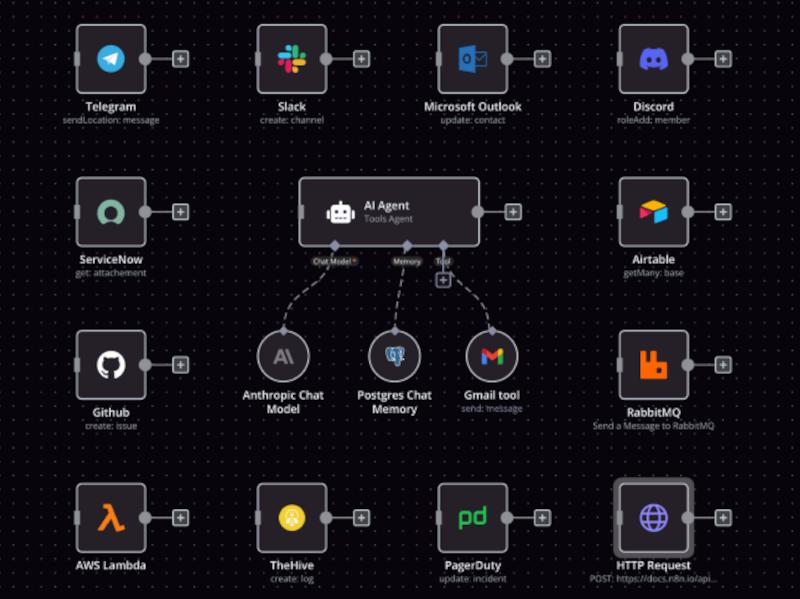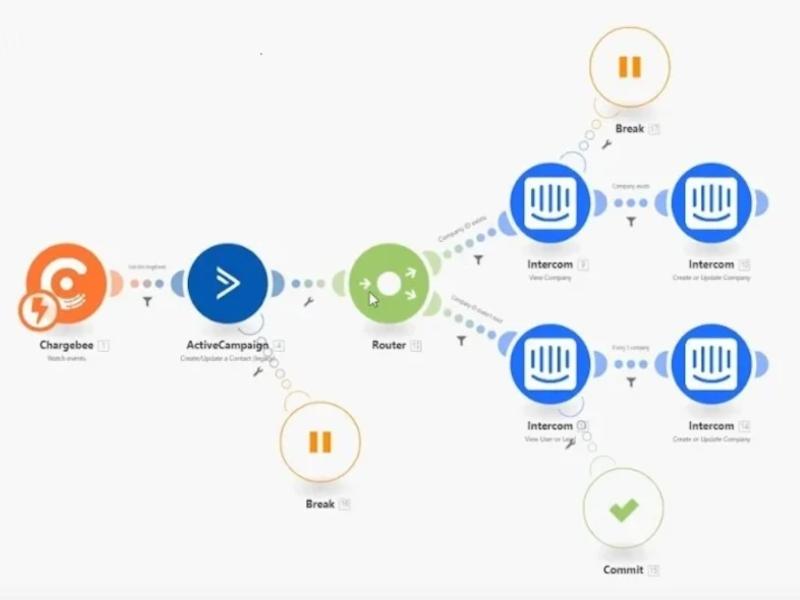
Enhance productivity

Improve data accuracy

Why Automation Matters
Manual processes slow businesses down. Whether it's syncing data between tools, automating client communication, or connecting platforms, smart automation saves time, reduces errors, and accelerates growth.
Automation & Integration Solutions
Custom API Development
Third-Party Integration
Workflow Automation
Webhooks Configuration


















Process to Deliver Automation
Discovery & Requirements
We begin with a collaborative conversation to understand your current tools, workflows, and specific pain points. This stage includes:
- Reviewing existing platforms (e.g., CRM, website, POS, etc.);
- Identifying manual, repetitive tasks that can be automated;
- Clarifying your integration goals (e.g., faster lead processing, data syncing, auto-notifications).
- We’ll also gather technical details like access credentials, API documentation, or workflows diagrams if available.
Goal:
Build a clear picture of your business needs and define project scope.
Solution Architecture
Next, we design a detailed integration plan tailored to your goals. This includes:
- Mapping out data flow between systems;
- Choosing the right tools or platforms (e.g., N8N, Zapier, Twilio, Make) vs. custom code;
- Planning triggers, conditions, actions, and fallback scenarios;
- Identifying any bottlenecks or system limitations.
We also assess whether your systems support real-time sync (via APIs/webhooks) or if polling is required.
Deliverable:
A visual or written blueprint showing how your automation will work.
Development & Testing
With the plan approved, we begin development. Depending on your setup, this may include:
- Writing custom API scripts or middleware;
- Configuring automation tools;
- Creating secure authentication for API access;
- Mapping and transforming data between systems;
- Implementing error handling and retry logic.
We perform multiple rounds of testing:
- Unit testing for individual components;
- End-to-end testing to simulate real usage scenarios;
- Failure testing to ensure reliability.
Goal:
Deliver a fully working, bug-free integration ready for deployment.
Deployment Phase
Once tested, we move your automation live. To ensure a smooth transition:
- We create a backup plan (if necessary);
- Implement the solution during low-traffic hours (if applicable);
- Monitor live data flow for any issues;
- Perform validation to confirm everything works as expected.
Result:
Your systems start communicating automatically, saving time and reducing manual work from Day 1.
Training & Support
We provide training so your team knows how to monitor, manage, or extend the automation. This may include:
- A walkthrough of how your system works;
- Instructions for updating or pausing workflows;
- Admin dashboard training (if applicable).
We also offer ongoing support plans:
- Monitoring and maintenance;
- Priority issue resolution;
- Adding new integrations or workflows as your business grows.
Goal:
Empower your team to leverage automation confidently and keep it running long-term.
Frequently Asked Questions
-
How long does it take to build an integration?
The timeline depends on the complexity of your systems and the type of integration required. Simple automations using no-code tools (like N8N) can take a few days. More advanced custom API development can take several days to a few weeks.
Here’s a general breakdown:
- Basic form-to-CRM automation: 2–5 days;
- Third-party API integration (e.g., Twilio, Telegram): 3–7 days;
- Custom multi-system workflows: 4–8 weeks.
We always provide a time estimate during the discovery phase so you know what to expect.
-
Can you integrate older or custom systems?
Yes, we specialize in adapting modern automation to older or custom-built systems. Even if your software doesn’t have a public API, we can often find workarounds — such as:
- Database-level integrations;
- Custom API wrappers;
- Screen scraping or email parsing (as a last resort).
We’ll assess your system’s capabilities and recommend the most effective and secure integration path available.
-
What happens if one system fails?
We build automation with error handling and monitoring in mind. That means:
- If a system is temporarily down, data is usually queued and retried automatically;
- You’ll receive notifications if something goes wrong;
- We can build in fallback mechanisms to prevent data loss or duplication.
After deployment, we can also set up ongoing support and maintenance to make sure your integrations continue running smoothly.
-
Do I need a subscription to other tools?
It depends on what you’re integrating. Some tools, like N8N, Zapier, Make, or CRM platforms, require active subscriptions for API access or automation features. Others, like open-source CMS platforms or custom-built systems, may not.
Before we begin, we’ll:
- Audit your current tools;
- Recommend cost-effective solutions;
- Let you know in advance if any third-party tools or subscriptions are needed.
Our goal is to keep your tech stack lean, efficient, and within budget.